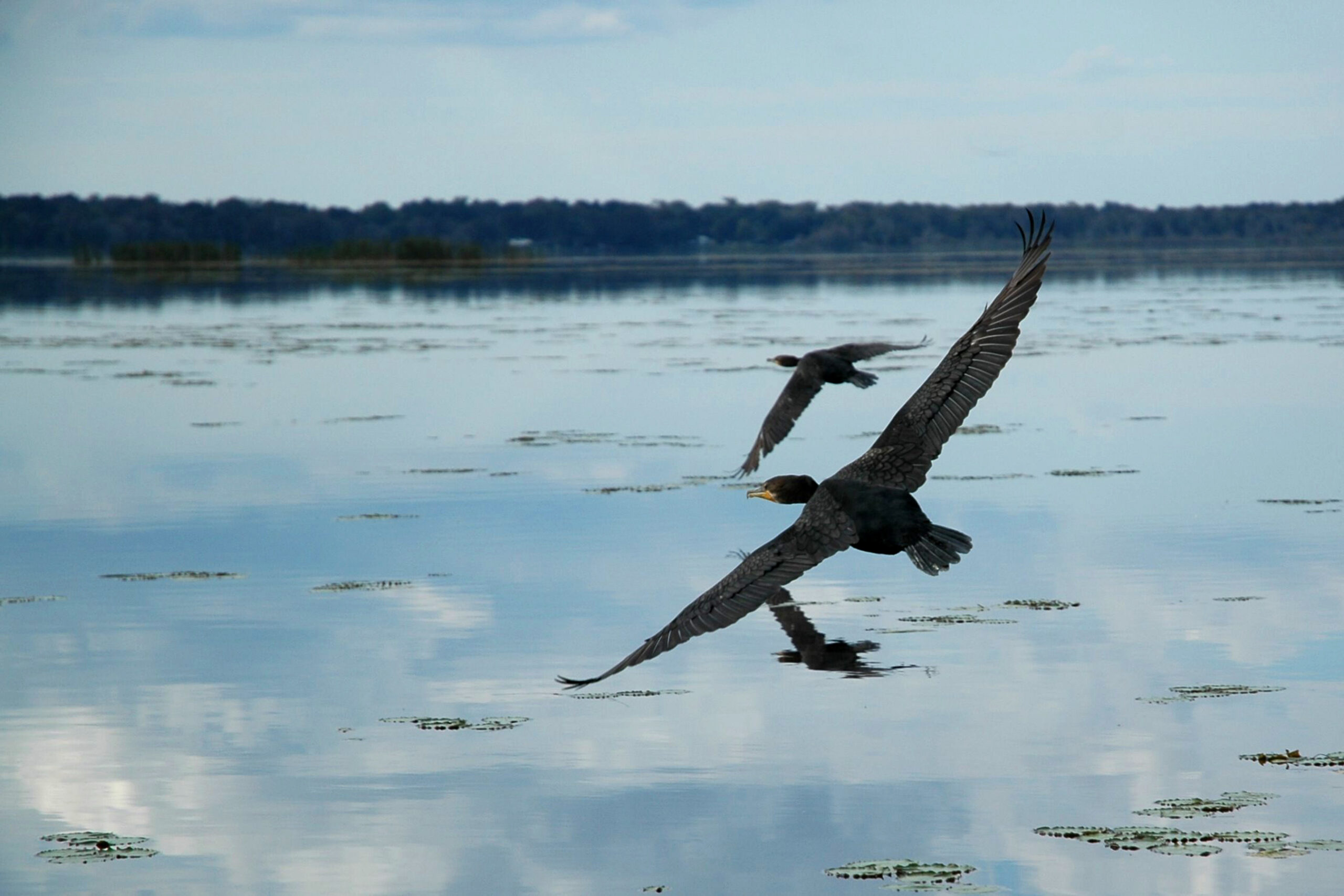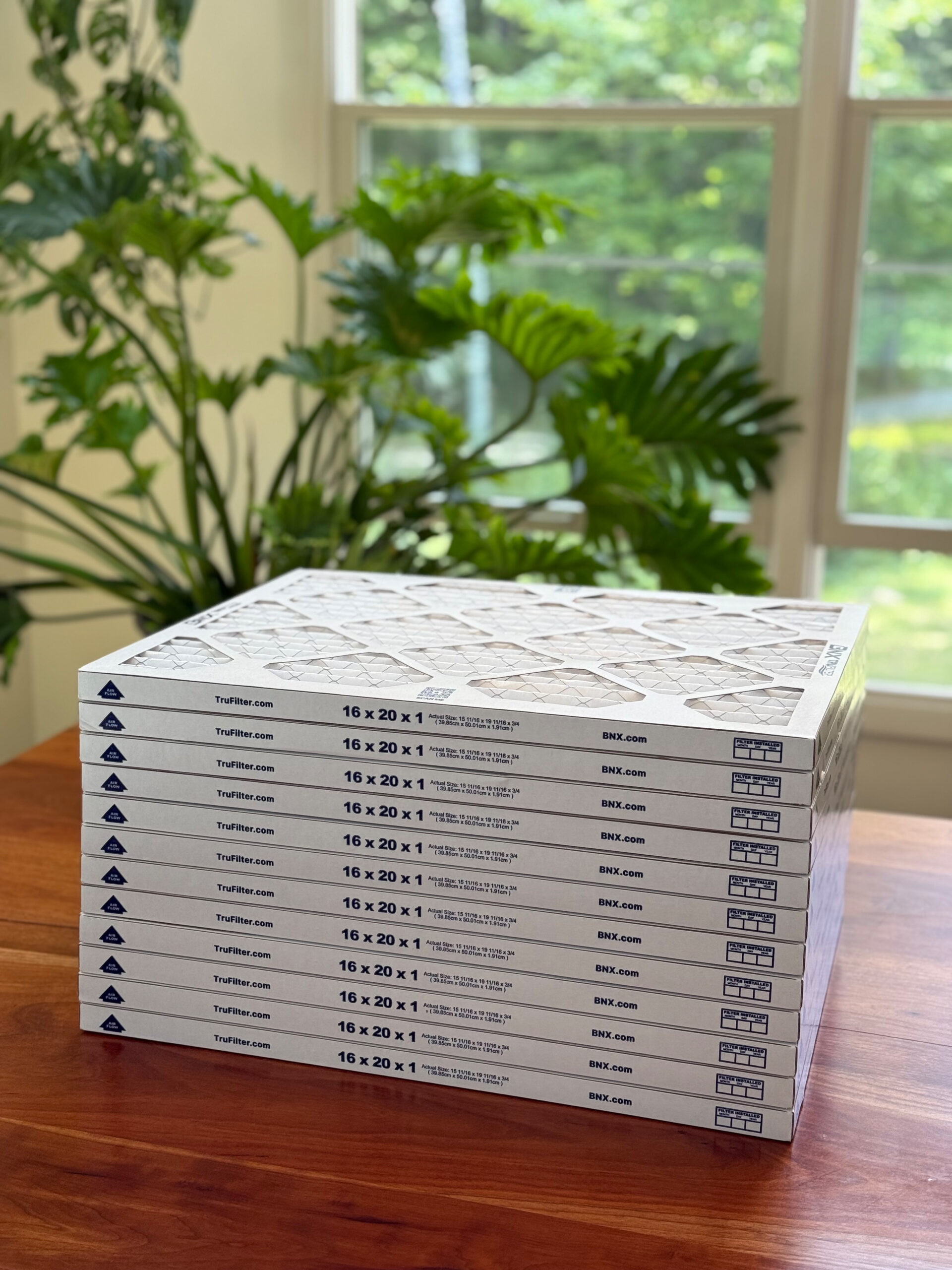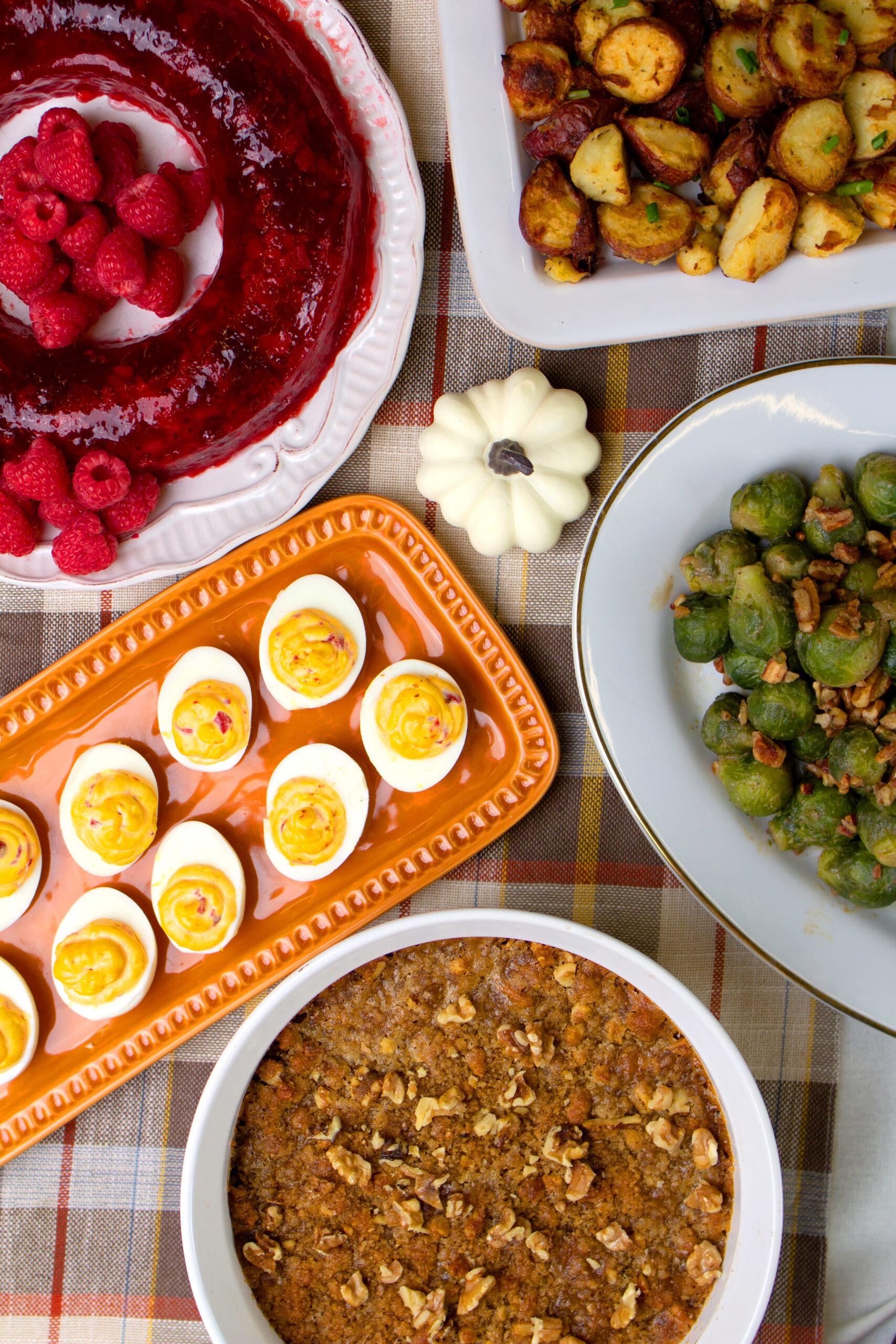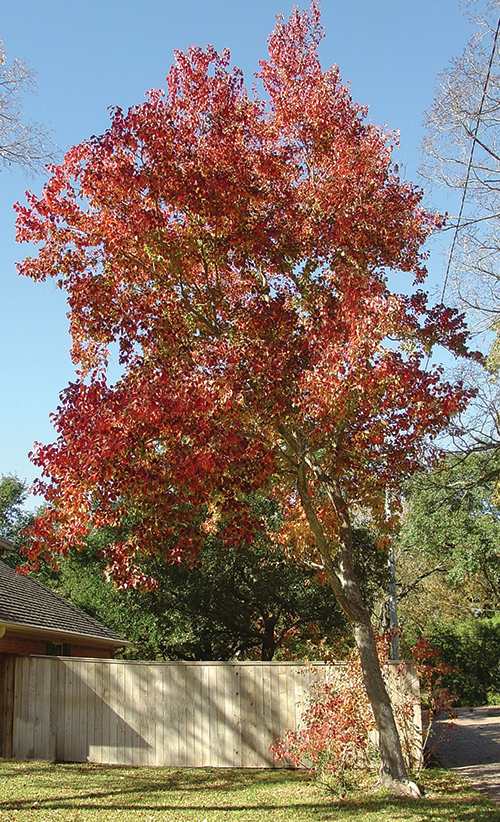
Hydrangeas are a southern garden classic, loved for their large, showy blooms and ability to add texture and color to the landscape.
Thanks to their versatility, several hydrangea species thrive in the Southeast, if planted and maintained correctly. Here are a few tips for growing healthy hydrangeas in your corner of our beautiful state:
The first step is choosing the right type of hydrangea. Four main species grow well across the region:
- Bigleaf Hydrangea (Hydrangea macrophylla): These are most recognized for their mophead or lacecap blooms. Their flower color is influenced by soil pH — blue in acidic soils and pink in alkaline.They prefer morning sun and afternoon shade.
- Oakleaf Hydrangea (Hydrangea quercifolia): A Southeastern native, it features cone-shaped white blooms that age to pink, with dramatic foliage that turns red, orange or burgundy in fall.
- Panicle Hydrangea (Hydrangea paniculata): Known for their tall, cone-shaped blooms that start white and turn pink. These hydrangeas are sun-tolerant and bloom reliably on new wood.
- Smooth Hydrangea (Hydrangea arborescens): This adaptable species produces large round flower heads
on new wood, making them easy to prune and maintain.

Now that you have chosen your favorite hydrangea type, proper placement and planting is key. Due to milder temperatures and more consistent soil moisture, late fall is the ideal time to plant. However, spring serves as a second-best option since soil and weather conditions may be similar to those experienced in the latter months of the year. Select a site with good air circulation and well-drained soil.
Bigleaf and oakleaf hydrangeas do best in partial shade — particularly morning sun with protection from hot afternoon rays. Panicle and smooth types tolerate more sun, making them good choices for brighter spots in the garden.
Dig a hole twice as wide as the root ball but no deeper. Set the plant so the crown is slightly above soil level. Use native soil to backfill the planting hole, and water thoroughly. Mulch around the base with 2–3 inches of pine straw, shredded bark, or similar organic material, being sure to only apply a sprinkle of mulch directly against the crown of the plant.
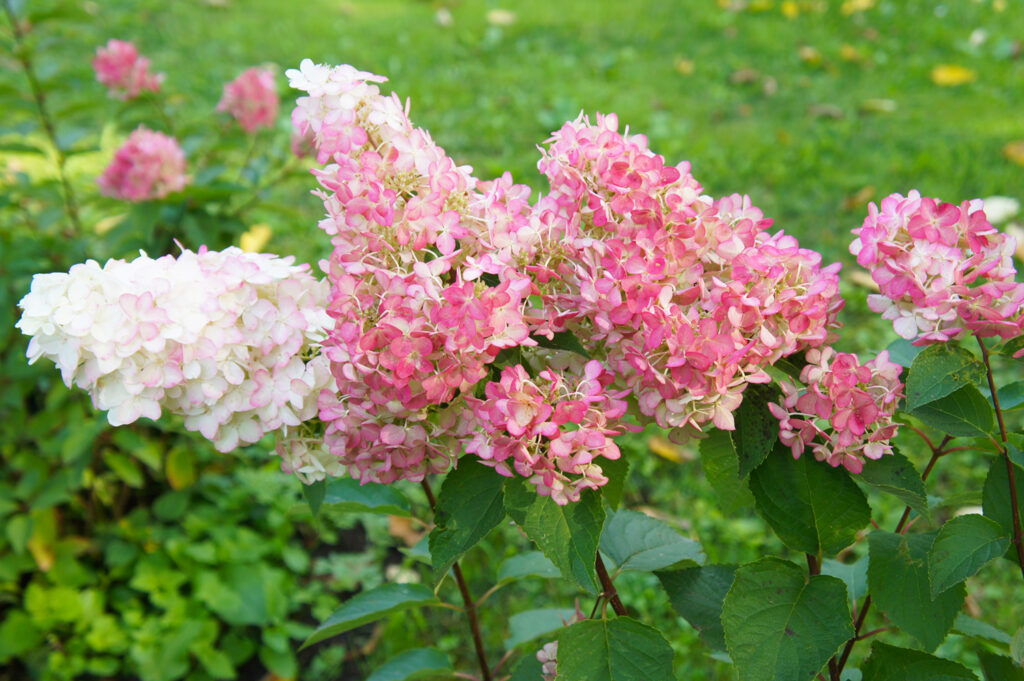
While these plants are fairly low maintenance, they do benefit from a little attention from time to time. Hydrangeas need consistent moisture, especially during their first year. Water deeply about 2-3 times per week, depending on rainfall. Avoid frequent, shallow watering, which encourages shallow
root growth.
Fertilize in early spring using a balanced slow-release fertilizer (10-10-10). Bigleaf hydrangeas may benefit from a second feeding in midsummer. To adjust flower color in bigleaf types, apply garden sulfur for blue flowers or lime
for pink.
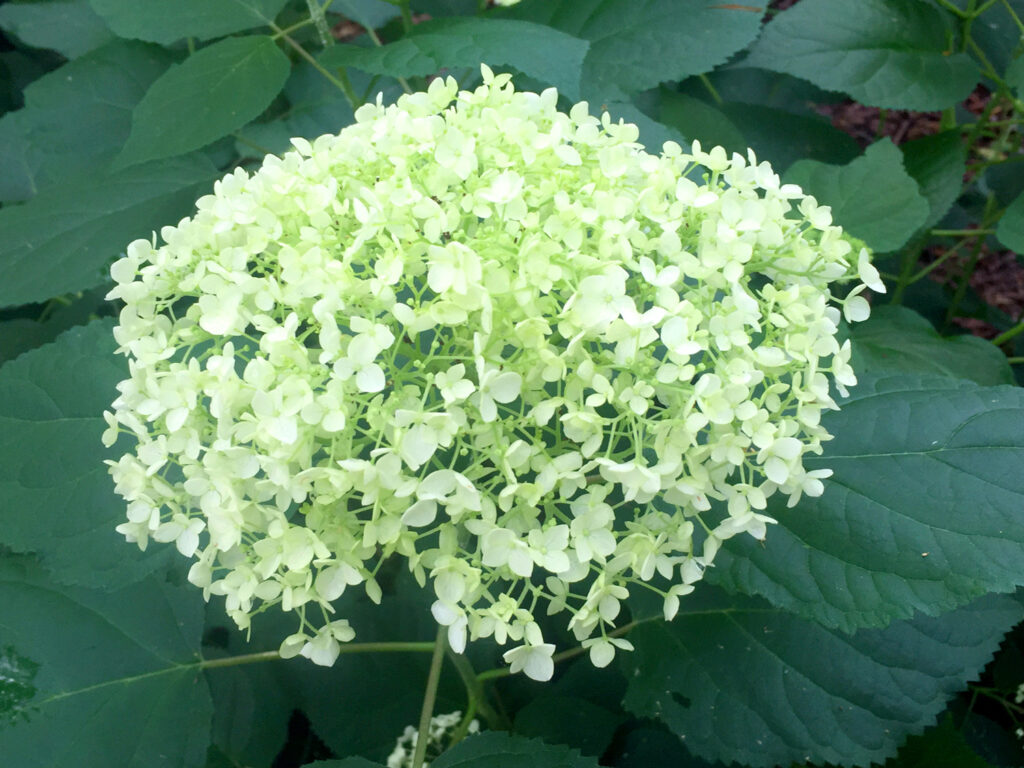
The most common question I receive about hydrangeas is when to prune. Hydrangeas bloom on either old or new wood, depending on the species, so correct identification and timing are crucial.
- Bigleaf & oakleaf hydrangeas bloom on old wood. Prune
just after flowering, before August. Late pruning will
remove next year’s flower buds. - Panicle & smooth hydrangeas bloom on new wood. Prune in
late winter or early spring before growth begins to encourage
bigger blooms.
Always remove dead, damaged, or crossing branches any time of year to maintain healthy structure.
While hydrangeas have very few problems, a couple of issues may arise.
- Bigleaf hydrangeas are prone to wilting in afternoon heat.
This is often normal and temporary, but regular watering
and some afternoon shade can help prevent it. - Lack of blooms may be caused by pruning at the wrong
time, frost damage, or excess nitrogen. Avoid heavy pruning
after midsummer, and cover plants during late frosts. - Fungal issues like leaf spots and powdery mildew are
common in humid conditions. Avoid overhead watering
and space plants to ensure airflow. Remove and destroy
affected leaves.
Hydrangeas are well worth the effort and bring timeless charm to Alabama gardens. With a little attention to species selection, watering, pruning, and seasonal care, you’ll enjoy reliable, beautiful blooms year after year.
Bethany O’Rear, a horticulturist for more than 20 years, is a regional agent with the Alabama Cooperative Extension System, specializing in commercial and home horticulture.

